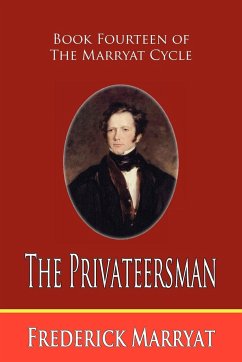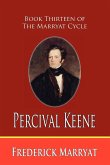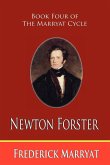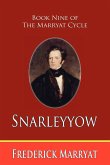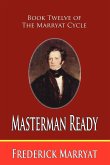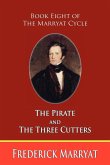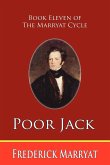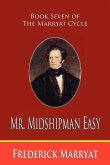The Privateersman, written in 1846, was the last of Frederick Marryat's nautically oriented novels, although one of his best non-nautical works, Children of the New Forest, still lay ahead of him. Privateers were essentially legalized pirates. They functioned like the illegal variety; but they carried a document from their government authorizing them to prey on the merchant ships of a specific enemy country. This document is what kept them from being hung as pirates should they be caught. After capturing a ship, they would bring it into an approved port where the ship's goods, along with the ship itself, would be sold. The government got a cut, the ship's officers and crew got a cut, and the investors got a return on their money which allowed them to send the privateer out again. The Privateersman is set in the early 1700s and gives us a keen insight into the world of privateering. Combine that insight with nonstop action and Marryat's unique dry wit, and you have a tremendously entertaining read.

